5 ways to teach the alphabet to early language learners
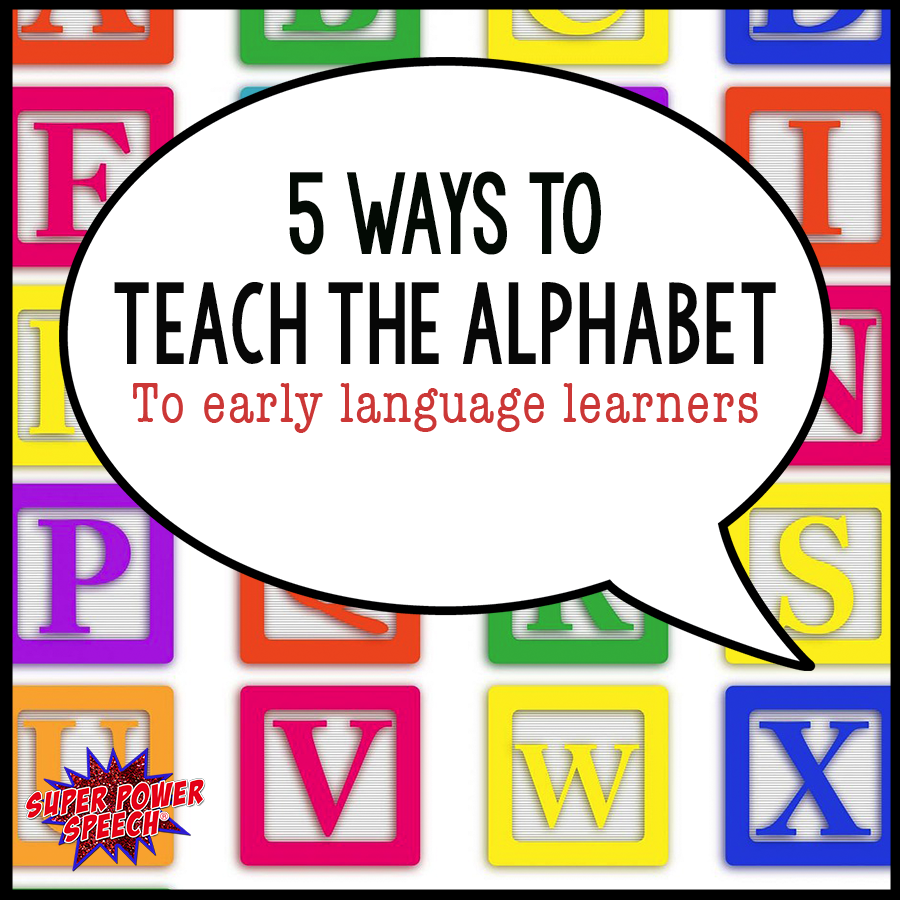
Ms. T walked into the class to observe and was a little shocked. She saw the speech pathologist singing and signing the alphabet to a group of students. The students were not singing back and only some were actively attending. A few were trying some of the signs. Ms. T wondered if this was the best placement for her child. He couldn’t talk and she was fairly certain that he would never learn to read. Why should he be in a class learning the alphabet?
The day that students begin in our life skills and functional living classrooms we start exposing them to pre-literacy skills. Although some of these students may never learn to read, some of them will. Our job, as educators, is not only to prepare them for life but to give them the opportunity to learn to read and write, just like their peers.
Every day in circle, I expose my students to the alphabet and phonics. And their teachers and assistants continue to expose them every day, all day long. One of the easiest places to start for all students is with the alphabet. Here are five fun ways to expose your low language students (including those who are nonverbal) to alphabetic principles.
1. Listen to celebrities singing the alphabet.
You cannot beat watching celebrities sing along with Elmo on Sesame Street. Even the grouchiest adult will break into a smile. Click here to check out who has done the alphabet on Sesame Street and then search for it on YouTube. Or… just break out with this compilation video!
2. Sing songs focusing on each letter sound
I created 26 file folder songs for exactly this reason. Every week, we start a new song focusing on a new letter and sound! Click here to see them on TPT.
3. Show off beautiful alphabet books
The number of alphabet books that cover the entire alphabet, with gorgeous illustrations, is growing exponentially. I remember at one point when the only books about the alphabet were simple one letter, one simple illustration. No longer! Here are a few of my favorite alphabet books for children of all ages! (Amazon affiliate links included)



4. Rhyme it out with rhyming alphabet books
These may be my favorite alphabet books because they are so darn fun to recite. I had the Dr. Seuss one completely memorized when my son was young!


5. Focus on a letter of the week
Using a new letter each week as your central classroom theme is not only super fun, but it makes lesson planning, art, and activities so much easier. You can even focus on a core word for communication that is based on the letter of the week. When I focus on a letter of the week, I read books specifically based on that letter such as A-Z Alphabet Books for Me. A fantastic list of published books for each letter of the alphabet can be found here.
All school age children need to be learning pre-literacy skills, regardless of their cognitive or communication level. There are many fun ways to expose them to the alphabet. What are some additional ways to help your students with pre-literacy?
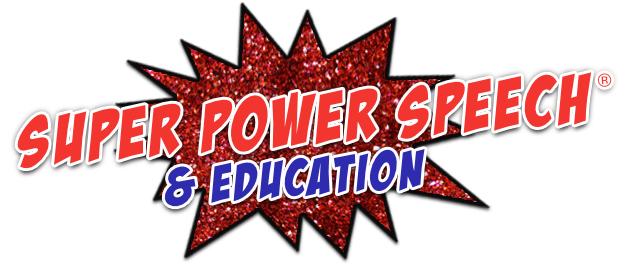
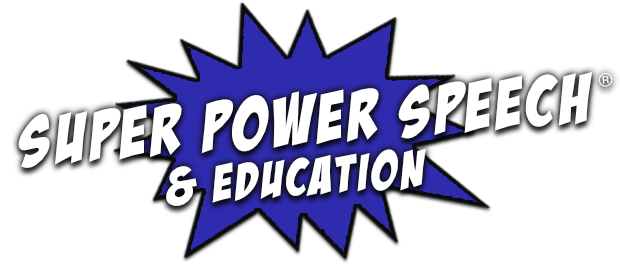
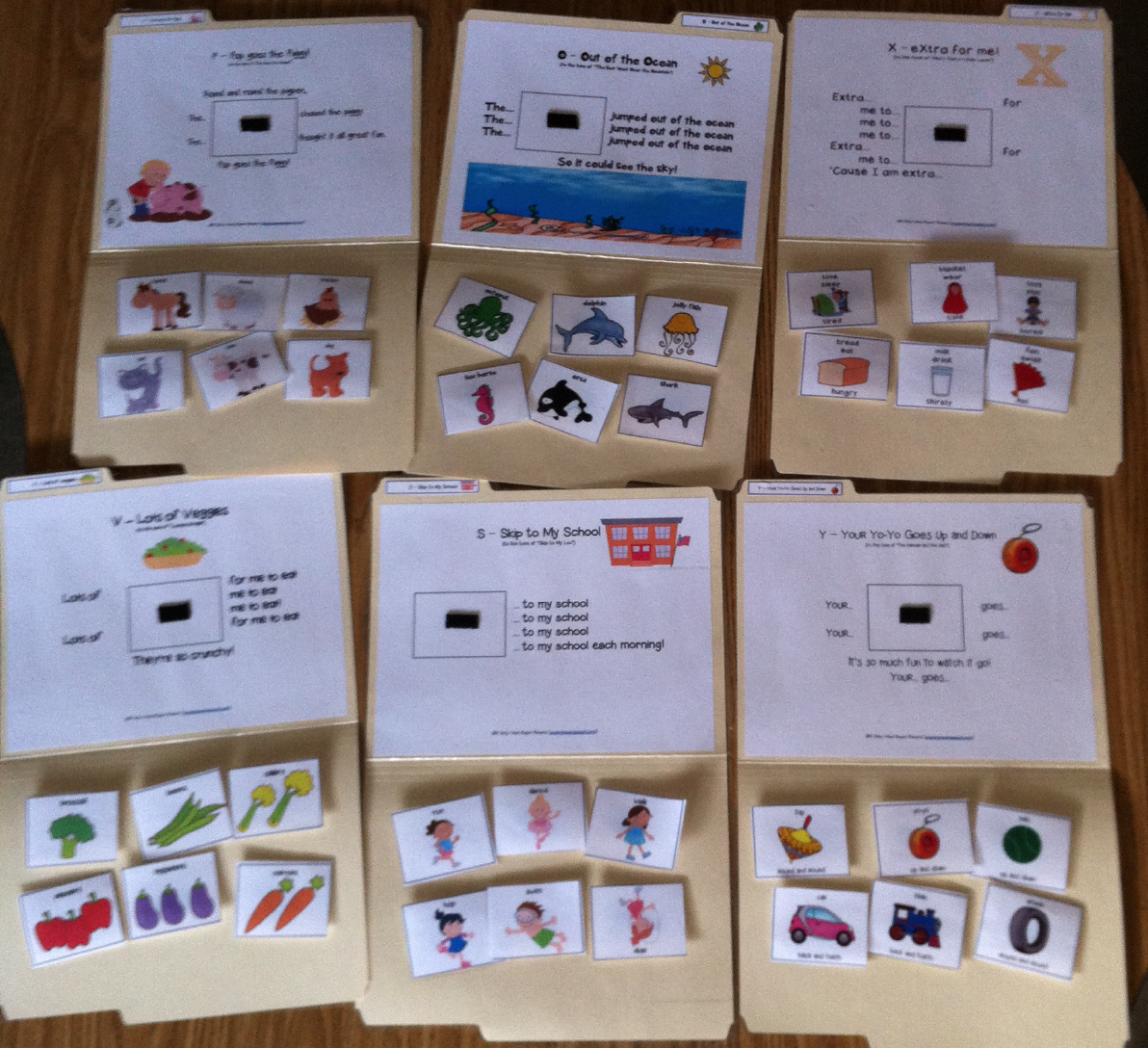

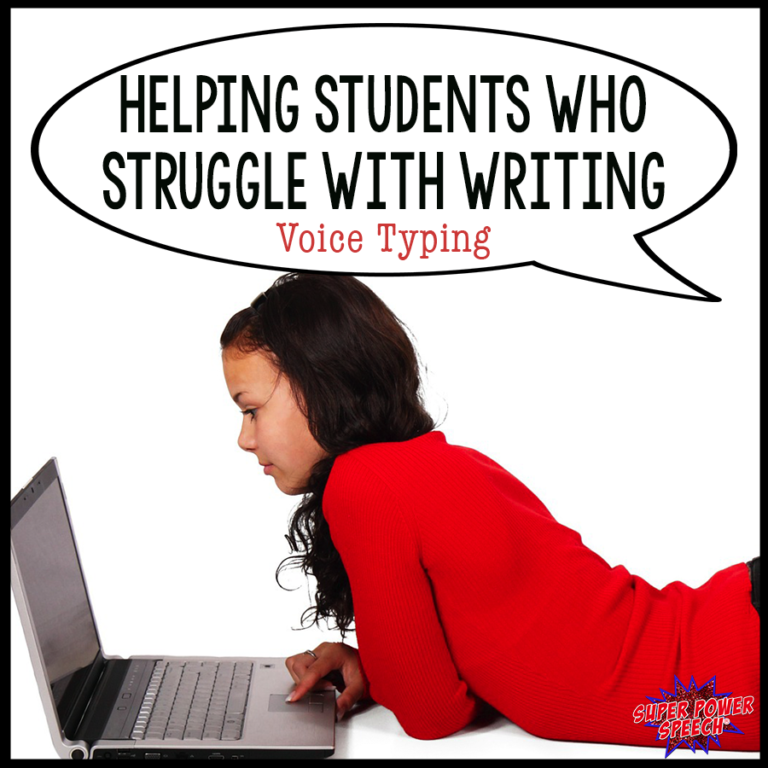


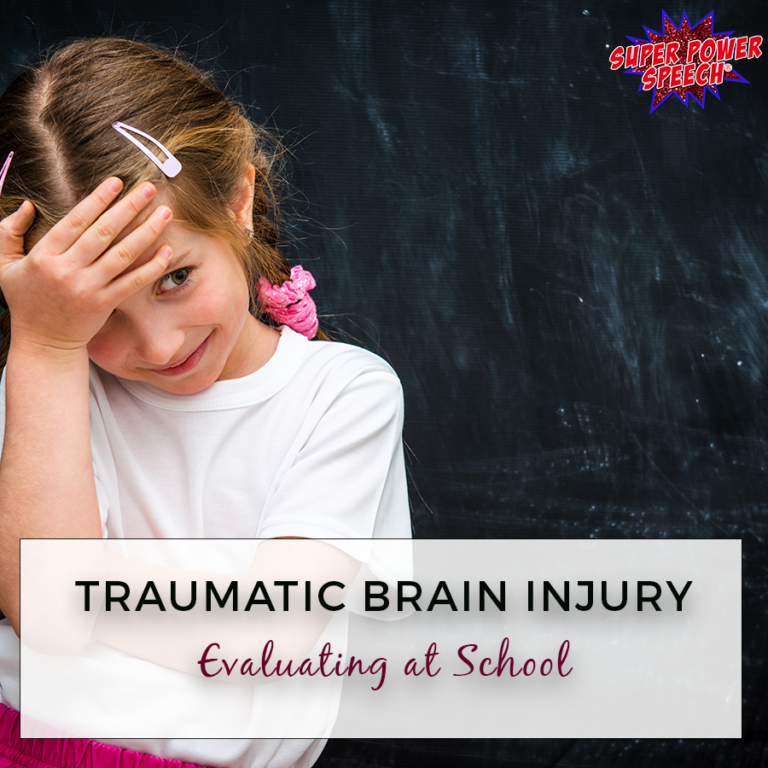

Hi Cheri. THis sounds good. I currently signing the numbers all the way to 20 with the alphabet during class whether it be maths or wrting. I encourage children to sing their alphabet to hear for the sound they make in order to spell their meoow words. I have seen thats thus helps our students and carry on a tune has well
Awesome!!
I use your alphabet books each week to reinforce the letter of the week and letter sound correspondence in a preschool classroom for children with disabilities. We also work on attending skills yes-no and supported story comprehension. Great resource!
Awesome!!!